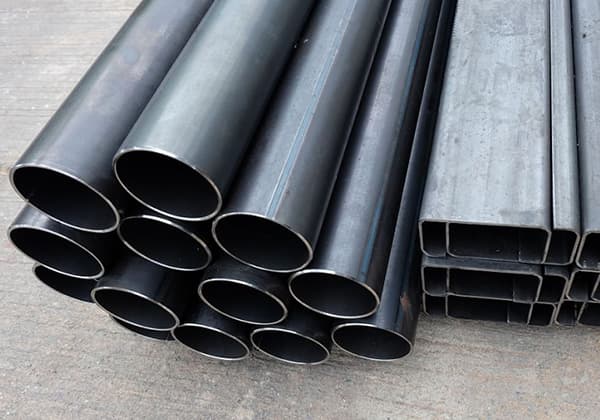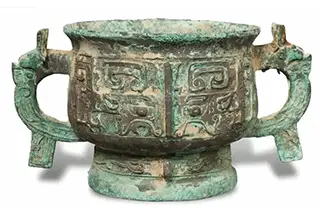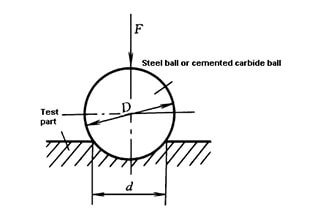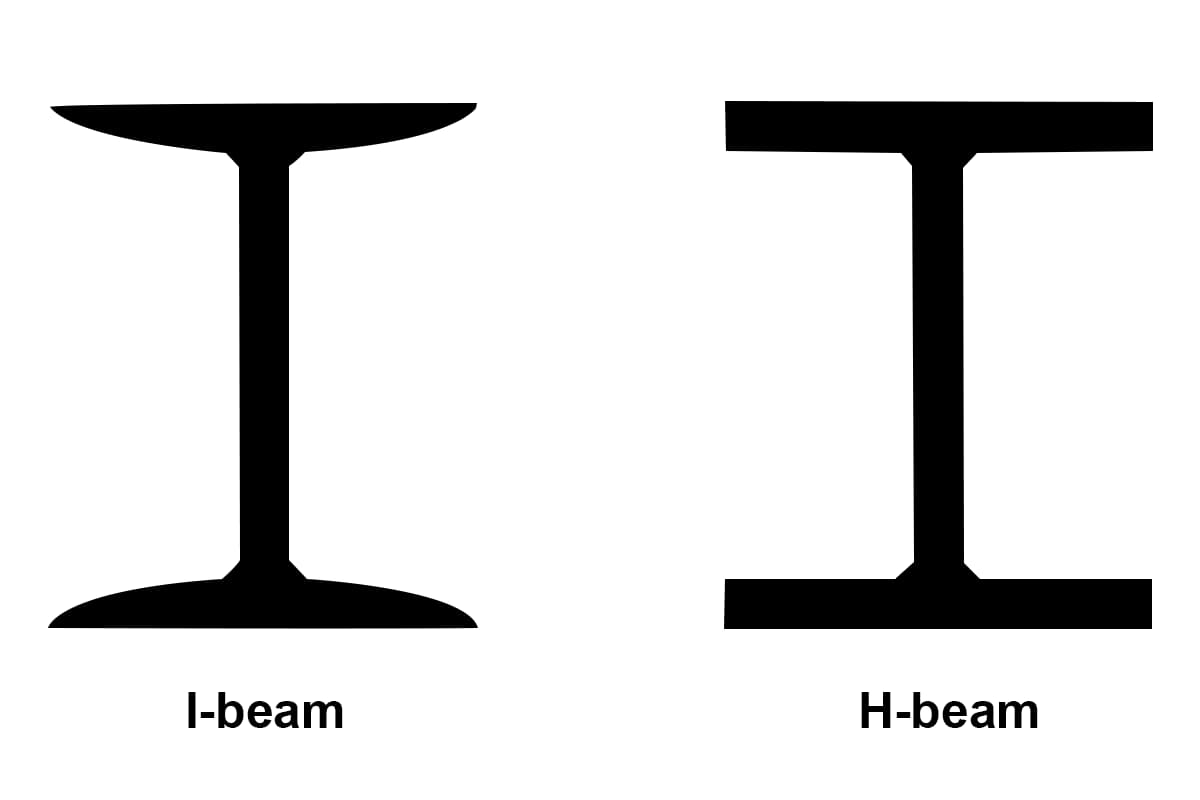
What makes 1Cr13, 2Cr13, 3Cr13, and 4Cr13 martensitic stainless steels unique, and which is the right choice for your project? This article breaks down their chemical compositions, heat treatment processes, and mechanical properties. You’ll discover how varying carbon content affects strength, hardness, and toughness, helping you choose the best grade for corrosion resistance and mechanical performance. Dive in to learn which Cr13 grade meets your specific needs and applications.

Martensitic stainless steel is a type of stainless steel that can have its properties altered through heat treatment processes such as quenching and tempering, making it a hardenable stainless steel.
Type Cr13, also known as 1Cr13, 2Cr13, 3Cr13, or 4Cr13, is a commonly used grade that offers general resistance to corrosion in environments such as atmospheric conditions, seawater, and nitric acid. Additionally, it provides the necessary strength for various components.
Cr13 is widely utilized in various applications.

What distinguishes 1Cr13 from 2Cr13? And what distinguishes the four similar Cr13 grades from each other?
This article presents a comparison and reference of the chemical composition, heat treatment system, and final mechanical properties of four stainless steel grades.
| Chemical composition | ||||
| Standard | GB/T1220-2007 Stainless Steel Bars | |||
| Steel grade | 1Cr13 | 2Cr13 | 3Cr13 | 4Cr13 |
| C | 0.08~0.15 | 0.16~0.25 | 0.26~0.35 | 0.36~0.45 |
| Si | ≤1.00 | ≤1.00 | ≤1.00 | ≤0.60 |
| Mn | ≤1.00 | ≤1.00 | ≤1.00 | ≤0.80 |
| P | ≤0.040 | ≤0.040 | ≤0.040 | ≤0.040 |
| S | ≤0.030 | ≤0.030 | ≤0.030 | ≤0.030 |
| Ni | (<0.60) | (≤0.60) | (≤0.60) | (≤0.60) |
| Cr | 11.5~13.5 | 12.0~14.0 | 12.0~14.0 | 12.0~14.0 |
| Heat treatment schedule | |||
| Grade | Annealing | Quenching | Tempering |
| 1Cr13 | 800-900 ℃ slow cooling or about 750 ℃ fast cooling | 950~1000 ℃ oil cooling | 700~750 ℃ fast cooling |
| 2Cr13 | 920~980 ℃ oil cooling | 600~750 ℃ fast cooling | |
| 3Cr13 | 920~980 ℃ oil cooling | 600~750 ℃ fast cooling | |
| 4Cr13 | 1050~1100 ℃ oil cooling | 200~300 ℃ fast cooling | |
Mechanical property
| Grade | 1Cr13 | 2Cr13 | 3Cr13 | 4Cr13 |
| Annealing hardness | ≤200 | ≤223 | ≤235 | ≤235 |
| After quenching and tempering | 1Cr13 | 2Cr13 | 3Cr13 | 4Cr13 |
| Specified non-proportional extension strength Rpo.2/(N/mm2) | ≥345 | ≥440 | ≥540 | – |
| Tensile strength Rm/(N/mm2) | ≥540 | ≥640 | ≥735 | – |
| Elongation after fracture A/% | ≥22 | ≥20 | ≥8 | – |
| Reduction of area Z/% | ≥55 | ≥50 | ≥35 | – |
| Impact absorbing energy Aku2/J | ≥78 | ≥63 | ≥24 | – |
| Hardness HBW | ≥159 | ≥192 | ≥217 | HRC50 |
The difference between 1Cr13 and 2Cr13 lies in their chemical composition, mechanical properties, and heat treatment system. The table shows that they differ in these aspects.
The average chromium content in all four grades (1Cr13, 2Cr13, 3Cr13, and 4Cr13) is over 12%, which is responsible for their basic corrosion resistance. As the carbon content increases from 1Cr13 to 4Cr13, the strength also increases, but the plasticity and toughness decrease accordingly, as reflected by the heat treatment mechanical property data.
So which is harder, 2Cr13 or 1Cr13? 2Cr13 is harder than 1Cr13, and 3Cr13 is harder than 2Cr13.
Regarding the heat treatment system, 1Cr13, 2Cr13, and 3Cr13 can be considered in one category, while 4Cr13 is quite different. The metallographic structure and heat treatment method are different due to the varying carbon content.
Therefore, it is important to consider these factors when choosing a replacement material.








